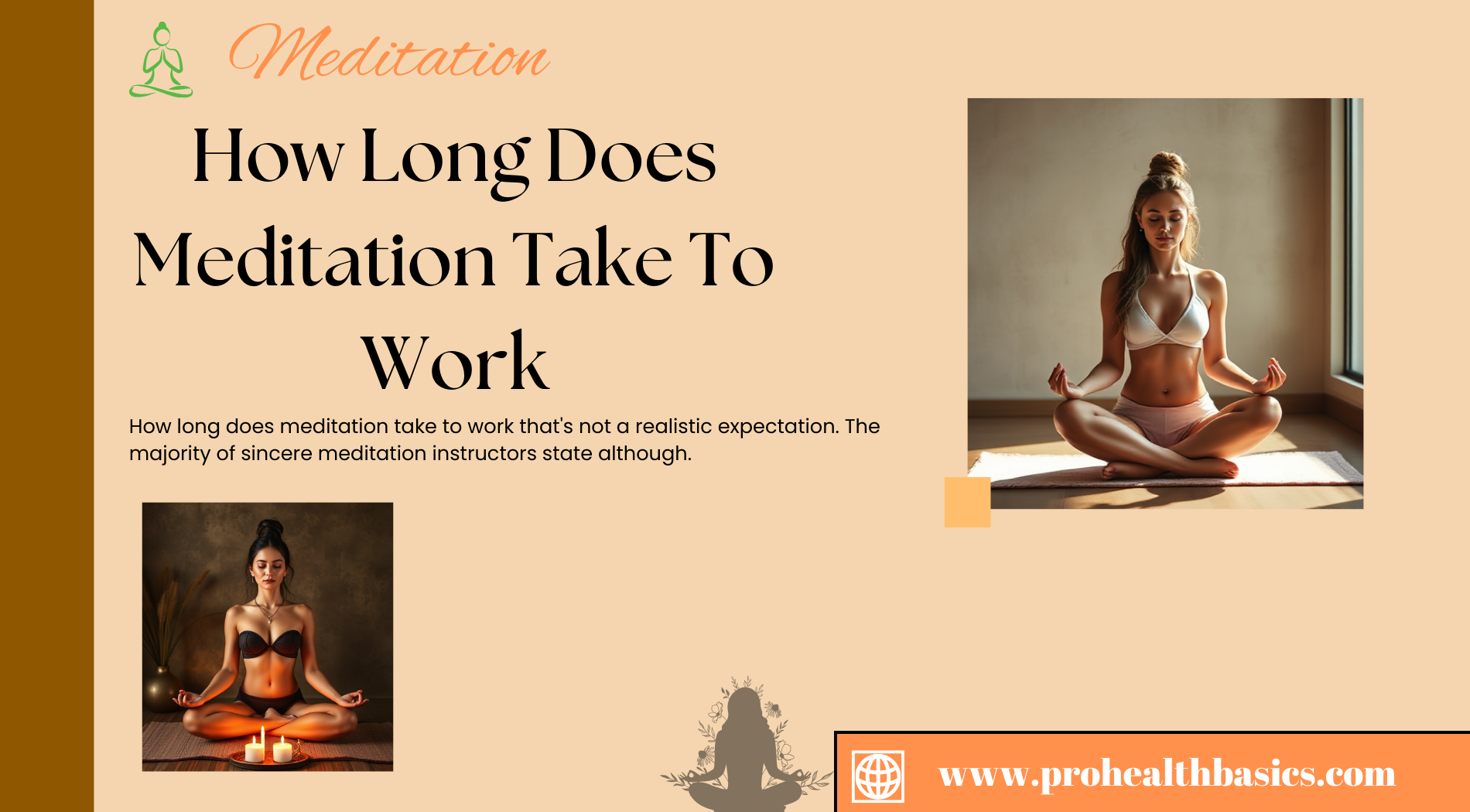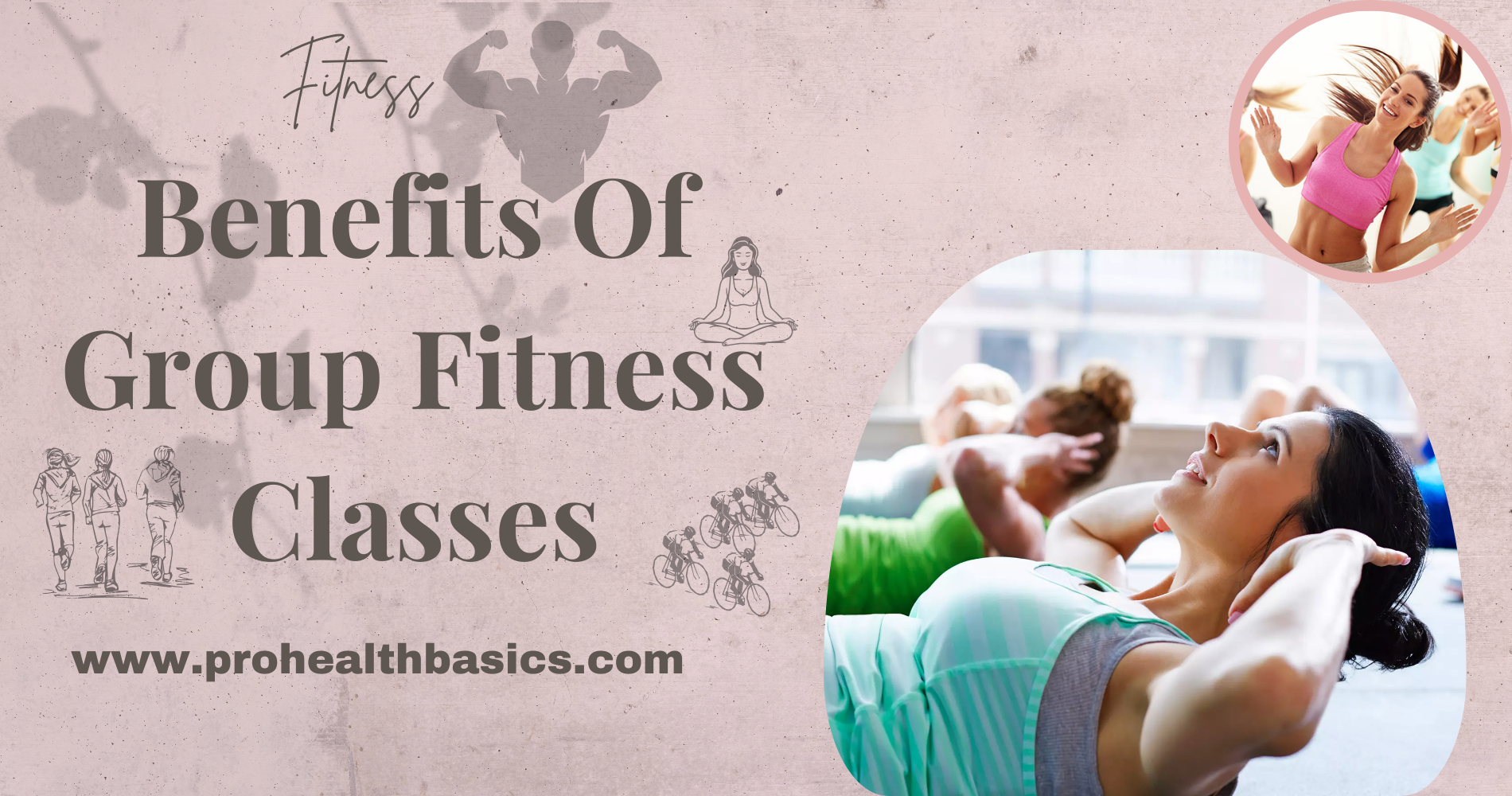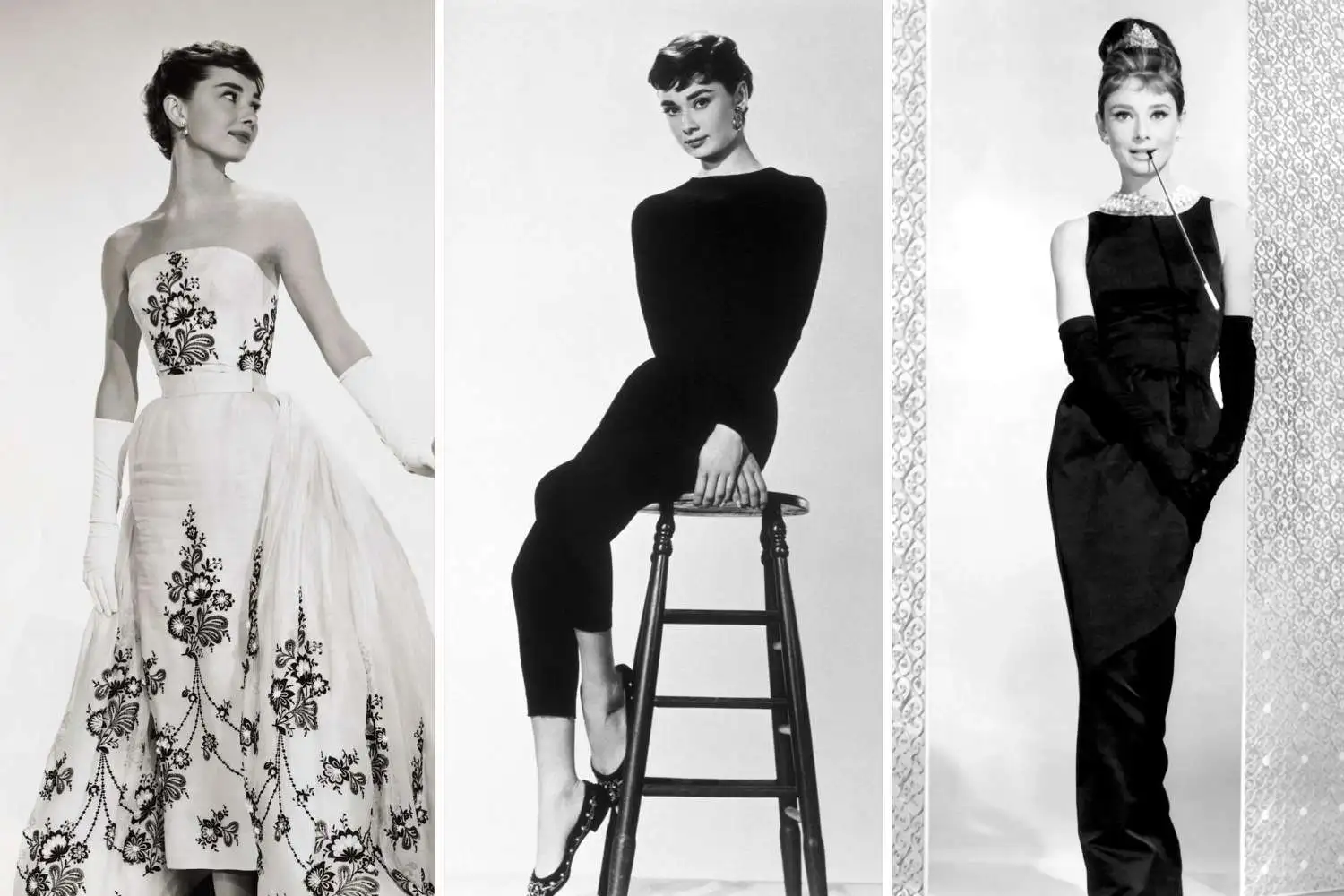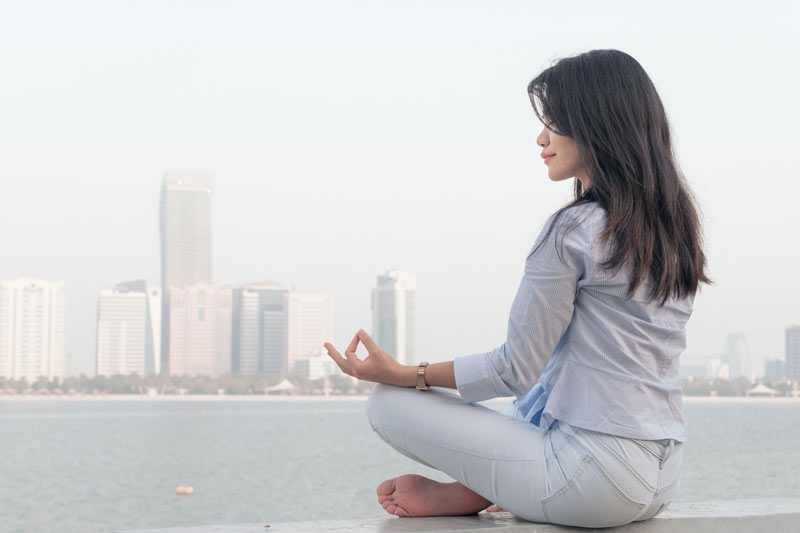Initially grew over quite a while back by reflection educator Michele McDonald, Perceive, Permit, Examine, and Non-ID, likewise called Downpour, has turned into a very much cherished, four-step care method showed by driving contemplation instructors and care based specialists for facilitating pressure, nervousness, and other frequently awkward sentiments.
Tara Brach, PhD, who mixes Western brain research and Eastern otherworldliness and established the remembered this reflection practice for her new book, Extremist Empathy: Figuring out how to Adore Yourself and Your Reality with the Act of R.A.I.N. "It's a method for getting to care and sympathy when you're in a snapshot of feeling truly stuck," says Brach.

While we're experiencing inner trouble or we get receptive, we normally fail to remember what to do. Downpour is a memorable simple arrangement of steps that can help reconnect us, so we can get to presence and liberality." Brach changed "Non-ID" to "Sustain," to oblige the requirement for self-sympathy in this cycle. "For a great many people, while we're feeling disgrace or dread or outrage or hurt, we really want to carry self-empathy to that weak spot before we can be free," Brach makes sense of.
Practice RAIN
You can do what Brach calls a "light Downpour" for a couple of moments, or sit with it longer, for 15 minutes or more. "Anything we practice develops further," Brach says. "Also, each time you make it happen, you'll have greater knowledge of how to recuperate.
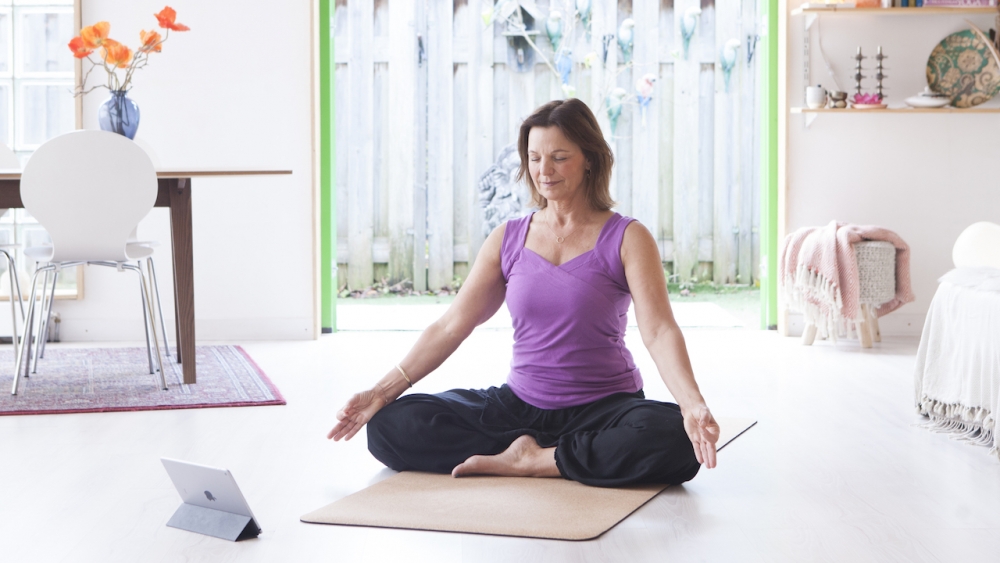
Whenever you feel stuck, pushed, restless, or overpowered by a troublesome inclination require a couple of moments and think about the accompanying:
1. Perceive what is happening. "Investigate yourself and notice anything feeling is generally prevalent begin there," Brach says. Assuming you're furious, perceive outrage. Assuming you feel like your occupation is undermined, perhaps you feel dread. Ask yourself which feeling is most requiring your consideration. Perceiving the inclination additionally gives you more space and opportunity.
Brach likewise recommends murmuring the name of the inclination you're feeling. "On the off chance that you can name a feeling it diminishes a portion of its power," she says.
2. Permit the experience or feeling to be there. "It means a lot to make an effort not to fix or pass judgment on it," Brach says. What's useful is assuming you tell yourself, This has a place. That can give somewhat more space to simply to leave it alone.
You don't have to spend quite a while in this phase of the cycle. It might be a second. "It's a readiness; you let the inclination be there as opposed to battle or deny it," Brach says.
3. Research what's going on in your body. This really must be physical," Brach says. A many individuals tragically believe it's a mental cycle and it's not. It's fundamentally about finding what it is in your body." Do you feel the feeling as a hurt in your chest? Do you feel a shudder in your paunch? Notice that.

4. Sustain yourself as a demonstration of self-sympathy. "Give that piece of yourself that you perceived what it needs," Brach says. One way is through a message: You could remind that part that you love it, that it's great, and you're adorable.
Another way is to approach the affection and energy of others, regardless of whether somebody has passed or a pet. Wash in that glow and goodness, and deal thoughtfulness to yourself. Brach adds: For a great many people, while we're feeling disgrace or dread or outrage or hurt, we want to carry self-sympathy to that weak spot before we can be free.
The Final Step
Brach added a last step After the Downpour to help the recuperating sink in. "Notice the distinction between how you felt when you were stuck and the way that you feel after the Downpour. The nature of presence that emerges is more the reality of what your identity is, and you'll feel increasingly more at ease," Brach says.
Frequently Asked Questions!
Why is it hard for me to practice mindfulness?
Many individuals become disappointed with care since they are as yet zeroing in on assumptions, as opposed to just perceiving how things truly are. These people have misjudged what care is and are rather mixing up their own well established convictions as clear seeing.
What to do when mindfulness doesn t work?
One more choice for when care doesn't work for us is to bring ourselves all the more deliberately into the actual body. Yoga, running, moving, climbing, and qi gong are only a couple of the numerous ways we can carefully connect with our physical being.
Can you overdo mindfulness?
Contemplation and care can cause a few negative secondary effects in some who practice. In another review, 6% of members who rehearsed care detailed negative secondary effects that went on for over a month. These impacts can disturb social connections, healthy identity, and actual wellbeing.
Can mindfulness stop overthinking?
In outline, care reinforces our capacity to: Shift our consideration (i.e., diverts us from rumination) Make us mindful of our ways of behaving and contemplations. Draw in with (however not energize) our upsetting contemplations in a nonjudgmental way.
Do I have Ombrophobia?
A medical care supplier can analyze ombrophobia on the off chance that you have an extraordinary apprehension about downpour that: Causes outrageous uneasiness when you ponder downpour, see it or feel it. Prompts critical pressure or influences your regular routine. Has been going on for somewhere around a half year.

